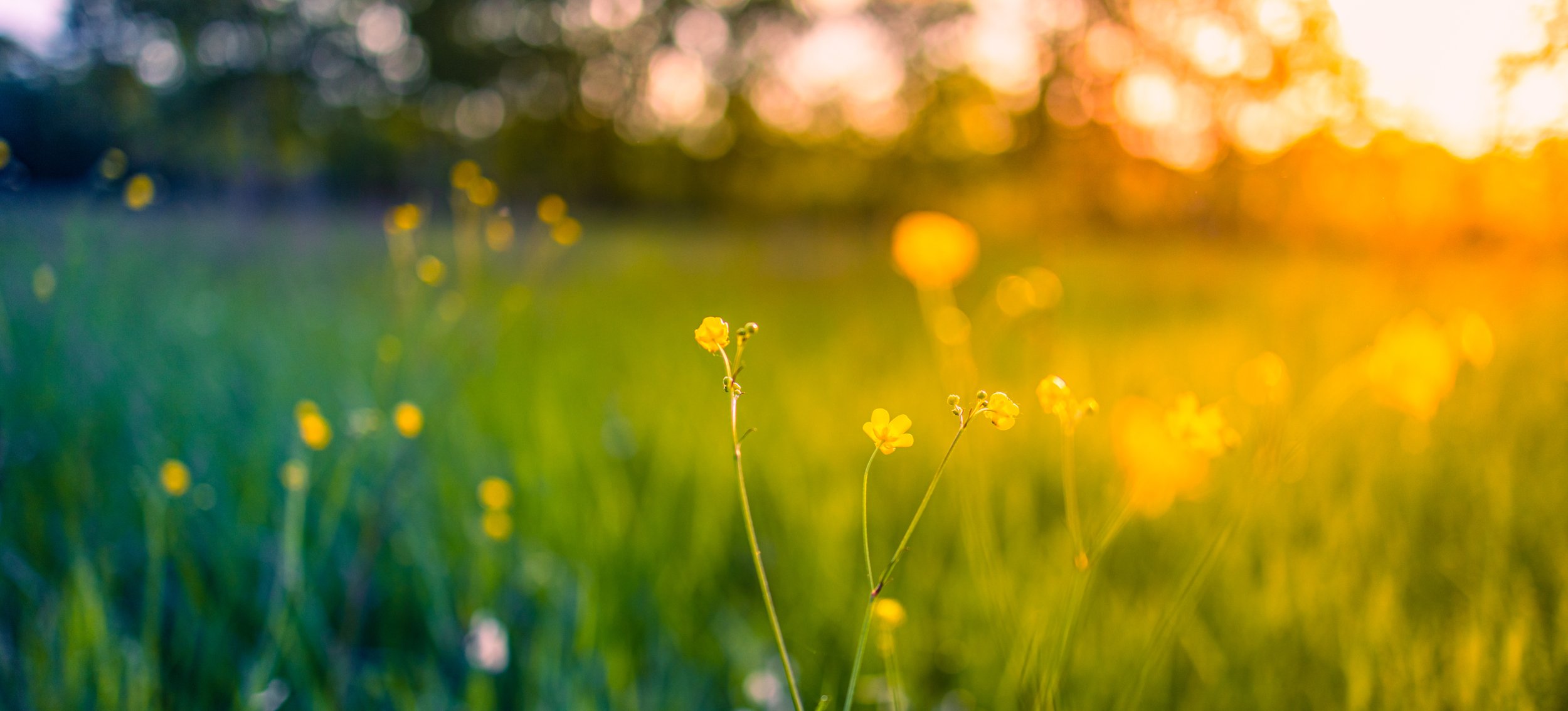
All News
Latest Marrone biologics company goes after invasive golden mussel infestation
Invasive Species Corp. adapts Zequanox to fight golden mussels in CA waterways, offering eco-safe control for invasive threats.
Quagga & Zebra Mussels: What They Are & Why They're a Problem
Quagga and zebra mussels are invasive freshwater mollusks that clog pipes, harm ecosystems, and cost millions to manage.
Giving Farmers a Bigger Toolbox
Dr. Pam Marrone highlights biologicals' role in boosting yields, reducing chemicals, and promoting sustainable farming.
Ag Biologicals Growth Could Match Chemicals within 20 Years
Agricultural biologicals are rapidly growing, offering high ROI in regenerative farming. Farmer education & transparency are key to adoption.
ISC Overview Presentation at Seed Innovators Showcase 2025
Bighead carp, introduced for algae control, now threaten ecosystems by outcompeting natives, disrupting habitats, and harming biodiversity.
Bark Beetles: Impact on Forests and Ecosystems
Bark beetles, small yet destructive, damage trees by feeding on inner bark, weakening them. Climate change amplifies their impact, harming forests, wildlife, and economies.
Zequanox Container Label
Zequanox is a biopesticide for zebra/quagga mussels, using Pseudomonas fluorescens to disrupt digestion, leading to mortality.
Zequanox CS Container Label
Zequanox CS controls zebra/quagga mussels in enclosed waters using Pseudomonas fluorescens, disrupting digestion to cause mortality.
Invasive Species are Reshaping Aquatic Ecosystems, One Lake at a Time
Invasive species like zebra mussels and goldfish disrupt Canadian lakes, altering ecosystems. Prevention and management are crucial.
Zequanox Safety Data Sheet
Zequanox® targets zebra/quagga mussels with Pseudomonas fluorescens, disrupting digestion. Low risk to non-target species.
What Is a Toxic Algal Bloom?
Toxic algal blooms harm ecosystems, wildlife, pets, and people. Fueled by pollution and climate change, they’re a growing global threat.
The Great Lakes’ most unwanted: Characterizing the impacts of the top ten Great Lakes aquatic invasive species
This study ranks the 10 most damaging aquatic invasive species in the Great Lakes based on quantified environmental and economic impact.
Toxicity of a management bait for grass carp incorporated with Antimycin A
Study tests Antimycin A-laced bait to selectively control invasive grass carp with minimal harm to native fish.
Curbing the Major and Growing Threats from Invasive Alien Species is Urgent and Achievable
Invasive species threaten biodiversity. Strong biosecurity, early detection, and global cooperation are key to mitigation efforts.
Open water mussel control projects
A meta-analysis of 33 lake projects reveals key lessons for effective dreissenid mussel control and adaptive management strategies.
Alien Species Threaten Food Supply, Public Health And Cost $423 Billion
Invasive species cost $423B yearly, threaten biodiversity, food, and health—climate change and trade accelerate their spread.
The Issue and Impact on Economy of Aquatic Invasive Species in the USA
Aquatic invasive species cost the U.S. billions annually, harming biodiversity, disrupting ecosystems, and damaging industries.
Improving the Prevention, Eradication, Control and Mitigation of Aquatic Invasive Species (AIS)
Recommendations from the AIS Commission to strengthen prevention, control, and funding strategies for aquatic invasive species in the U.S.
Screening Microorganisms to Control Burrowing Shrimp
Invasive Species Corp collects and tests microbes to biologically control burrowing shrimp threatening oyster farms.
Ingested toxicity of Antimycin A to grass carp and black carp in two carriers
Study measuring antimycin A's oral toxicity to invasive grass and black carp, aiding development of species-specific toxic baits.

















